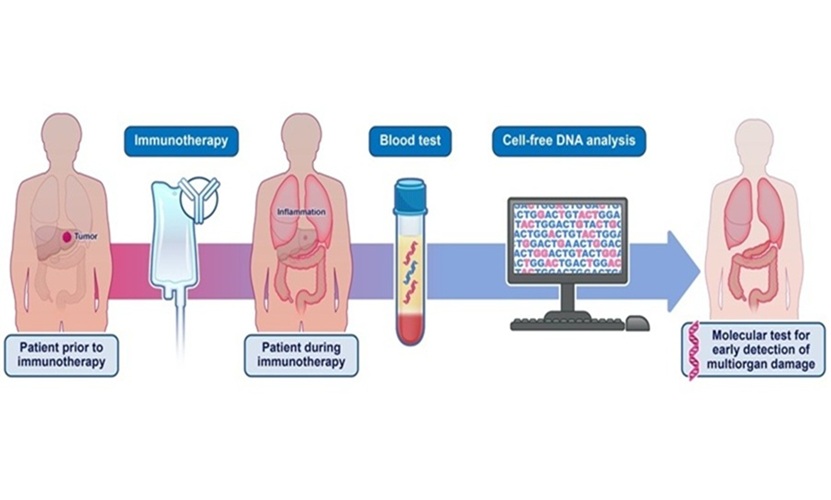Blood Proteins Predict Lung Disease Survival
By LabMedica International staff writers
Posted on 09 Nov 2011
A group of blood proteins can foresee which patients with idiopathic pulmonary fibrosis (IPF) are more likely to die within two years or live at least five years.Posted on 09 Nov 2011
The discoveries of these plasma biomarkers by various methods could assist doctors in deciding which patients require lung transplantation urgently from those who can wait longer.
Scientists at the University of Pittsburgh (PA, USA) analyzed the concentrations of 92 proteins for 241 IPF patients. The concentrations of 92 cytokines and chemokines, matrix metalloproteinases (MMPs), and markers of apoptosis and epithelial injury were analyzed using the Human DiscoveryMAP system (Rules-Based Medicine, Austin, TX, USA).
They investigators used a multiplex bead-based immunoassay to estimate concentrations of matrix metalloproteinases (MMP) MMP7, MMP1. Surfactant Associated Protein D (SPD) levels were assessed by enzyme-linked immunosorbent assay (ELISA). In a validation cohort, concentrations of Inter-Cellular Adhesion Molecule 1 (ICAM1), interleukin-8 (IL8), and the vascular cell adhesion protein 1 (VCAM1) were assessed by bead-based multiplex assay, and the calcium-binding protein S100A12 and MMP7 by ELISA.
High concentrations of MMP7, ICAM1, IL8, VCAM1, and S100A12 predicted poor overall survival, poor transplant free survival, and poor progression free survival in the derivation cohort. In the independent validation cohort, high concentrations of all five were predictive of poor transplant free survival, MMP7, ICAM1, and IL8 of overall survival and ICAM1 of poor progression free survival. Based on both groups, the team developed the personal clinical and molecular mortality prediction index (PCMI) which includes lung functions, sex, as well as levels of MMP7, in the blood. They discovered that individuals with a low PCMI were most likely to live more than five years, however, for individuals with a high PCMI the median survival rate was 36 months. Plasma concentrations of MMP7, MMP1, and SPD were measured by an ELISA manufactured by R&D Systems (Minneapolis, MN, USA). The ELISA for the S100A12 was a product of MBL International (Woburn, MA, USA).
Naftali Kaminski, MD, professor of medicine and senior author of the study said, "It's hard to tell based on symptoms alone which patients are in the greatest danger. This biomarker panel has predictive power that can guide our treatment plan. It may also help us design more effective research trials because we'll be able to better match experimental therapies with the most appropriate patients." The study was published October 27, 2011, in the American Journal of Respiratory and Critical Care Medicine.
Related Links:
University of Pittsburgh
Rules-Based Medicine
R&D Systems







 assay.jpg)






